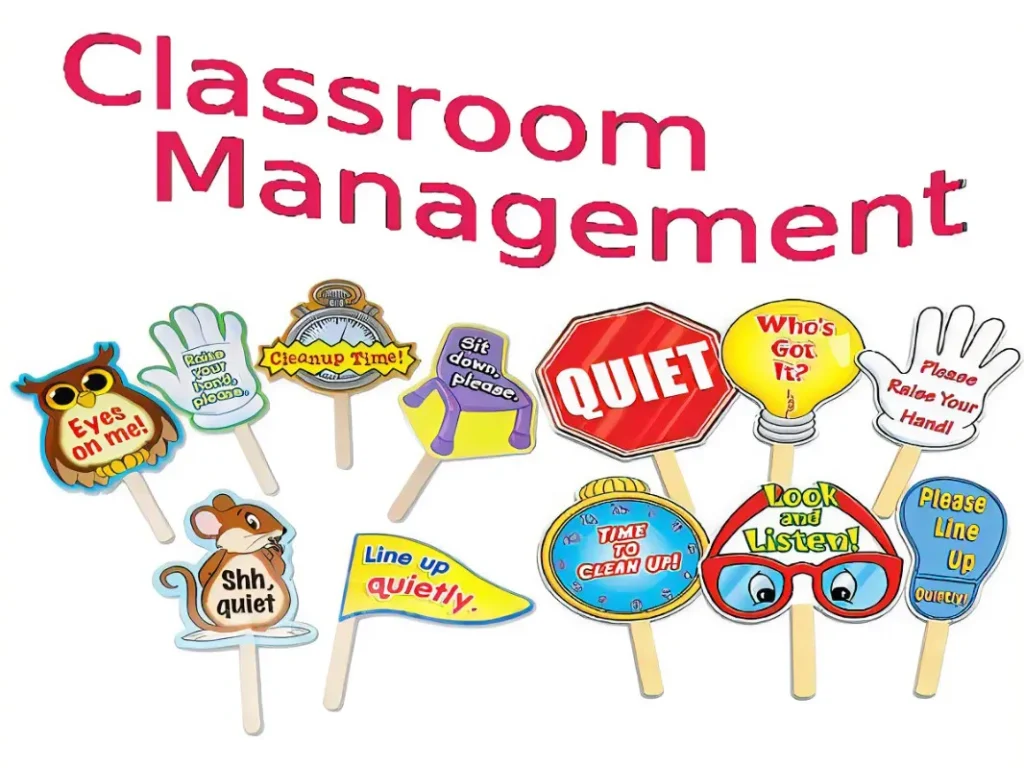
Successful Classroom Managements Strategies!
In the World of Instant Gratification;
In the hub of each classroom, where minds are as diverse as the colors of the rainbow, successful classroom management strategies emerges as both an art and a science. Amidst the eager anticipation of learning and the occasional whispers of distraction, educators navigate the delicate balance between structure and spontaneity, fostering an environment where students flourish and thrive.
Clear Expectations:
At the heart of successful classroom management strategies lies a foundation of clear expectations and consistent routines. From the very first day of school, students are welcomed into a community where respect, responsibility, and resilience are not just words on a poster but guiding principles that shape their daily interactions. Through open dialogue and collaborative decision-making, students have a voice in shaping the norms and expectations of the classroom, fostering a sense of ownership and accountability for their actions.
In this dynamic ecosystem of learning, educators are encouraged not mere lecturers but facilitators of exploration and discovery. Lessons are not just rote memorization of facts but engaging journeys of inquiry and investigation. Utilizing a variety of instructional methods and multimedia resources, educators can captivate the imaginations of their students, weaving together narratives that resonate with their interests and experiences.
Delayed Gratification:
In a world where immediate satisfaction is frequently expected, effective classroom management necessitates a careful balance between addressing the immediate needs of students and fostering their ability to appreciate the benefits of delayed gratification.
How to maximize engagement
Recognizing the allure of distraction in the digital age, educators employ proactive strategies to minimize disruptions and maximize engagement. Teachers set clear expectations for technology use, structured routines for transitions, and purposeful integration of interactive activities all serve to channel students’ energy and focus toward meaningful learning experiences.
Mistakes are viewed as Growth:
Educators understand the importance of cultivating a positive classroom climate where mistakes are viewed not as failures but as opportunities for growth. Utilizing positive reinforcement and encouragement, students are acknowledged for their efforts and resilience, fostering an environment of perseverance and confidence. Peer support and collaboration enhance community bonds, as students learn to depend on each other for guidance and support.
Restorative Practices:
In the face of challenges and conflicts, educators respond with compassion and empathy, recognizing that each student is a unique individual with their own struggles and strengths. Through restorative practices and restorative circles, students are empowered to reflect on their actions, repair harm, and rebuild trust within the classroom community.
Creating a safe space:
Successful classroom management is not just about maintaining order and control but about nurturing the holistic development of each student. It is about creating a safe and supportive space where students feel valued, respected, and empowered to reach their full potential. It is about instilling in students a love of learning that extends far beyond the confines of the classroom, propelling them toward a future filled with possibility and promise.
